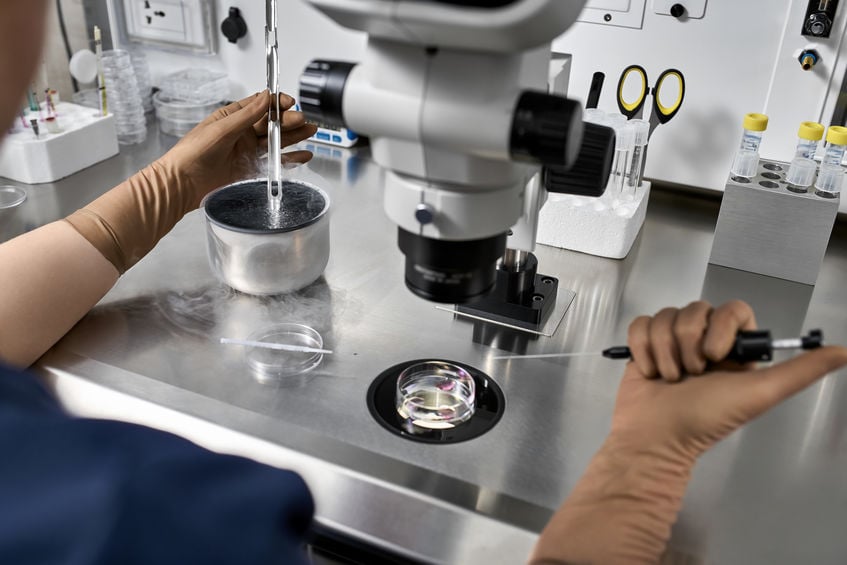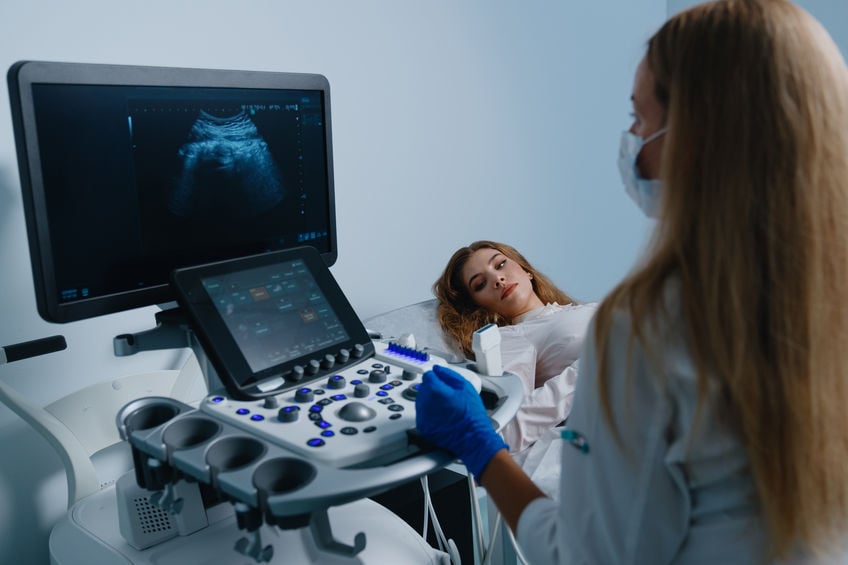Scarred Tissue
Uterine adhesion, also called Asherman’s syndrome, is when scar tissue forms and accumulates within the uterus. Uterine adhesions are an acquired condition that occurs after a gynecological procedure. When too much scar tissue builds up, the uterus has less space. This leads to symptoms like pelvic pain, abnormal bleeding and fertility problems.

Common complaints
Patients with uterine adhesions experience different signs and symptoms. Uterine adhesions come with severe pelvic pain, abnormal uterine bleeding, or painful periods. Abnormal uterine bleeding includes light periods, absence of menses, or infrequent periods. Patients may also experience infertility issues such as difficulty conceiving or recurrent pregnancy loss.
Do you have uterine adhesions?
If one has symptoms, a visit to a physician to further analyze and diagnose the condition is necessary. Various tests are done to diagnose uterine adhesions, such as hysteroscopy, sonohysterogram, hysterosalpingogram, or ultrasound. The most accurate test for diagnosis is hysteroscopy. This technique is where an instrument is attached to a camera and inserted into the uterus to allow visualization. The doctor will decide the best test for each patient to confirm the diagnosis.
Possible reasons for scarred tissue
The main cause of uterine adhesions occurs after a surgical procedure of the cervix or uterus. The most common surgical procedure is dilation and curettage which may lead to uterine adhesions later. Other procedures that may cause adhesions include operative hysteroscopy and cesarean section. Besides surgical procedures, other reasons include infections like pelvic inflammatory disease, endometriosis, or treatments like radiation therapy.
Managing Asherman’s syndrome
The main treatment of uterine adhesions is hysteroscopic surgery. Antibiotics may be given after hysteroscopic surgery to prevent any infection. Hormonal treatments such as estrogen aid in healing the uterine cells or endometrium. After treatment, the possibility to become pregnant naturally can be tough. The chances of becoming pregnant after treatment of uterine adhesions are still possible but vary.
Treatment options to get pregnant
Asherman’s syndrome can lead to difficulty in conceiving or recurrent miscarriages. The success of pregnancy after treatment depends on the severity of the uterine adhesions. After treatment of mild to moderate adhesions, 70%-80% of cases lead to a successful pregnancy whereas 20%-40% in severe adhesions. In extreme cases with damaged endometrium, one may consider in vitro fertilization (IVF) with a surrogate carrier or adoption.
Fixing adhesions for pregnancy
Uterine adhesions present with abnormal uterine bleeding, severe pelvic pain, and infertility. This usually occurs as a result of a gynecological procedure. Hysteroscopic surgery is the most common treatment for uterine adhesions. Pregnancy is tricky but still possible after uterine adhesion treatment. Speak to a specialist about treatment options to become pregnant.





